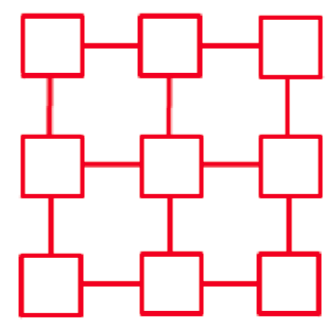Or search by topic
Number and algebra
Geometry and measure
Probability and statistics
Working mathematically
Advanced mathematics
For younger learners
Number Differences



Number Differences printable sheet
You might like to try A Ring of Numbers and More Rings of Numbers before this problem.
Place the numbers from 1 to 9 in the squares below so that the difference between joined squares is odd. (You must use each of the numbers once.)

Can you find some other ways to do this?
Can you put the numbers in the squares so that the difference between joined squares is even? Explain your answer.
What general statements can you make about odd and even numbers?
This problem is based on an idea taken from "Apex Maths Pupils' Book 2" by Ann Montague-Smith and Paul Harrison, published in 2003 by Cambridge University Press.
Related Collections
You may also like
Consecutive Numbers
An investigation involving adding and subtracting sets of consecutive numbers. Lots to find out, lots to explore.
Roll These Dice
Roll two red dice and a green dice. Add the two numbers on the red dice and take away the number on the green. What are all the different possible answers?

